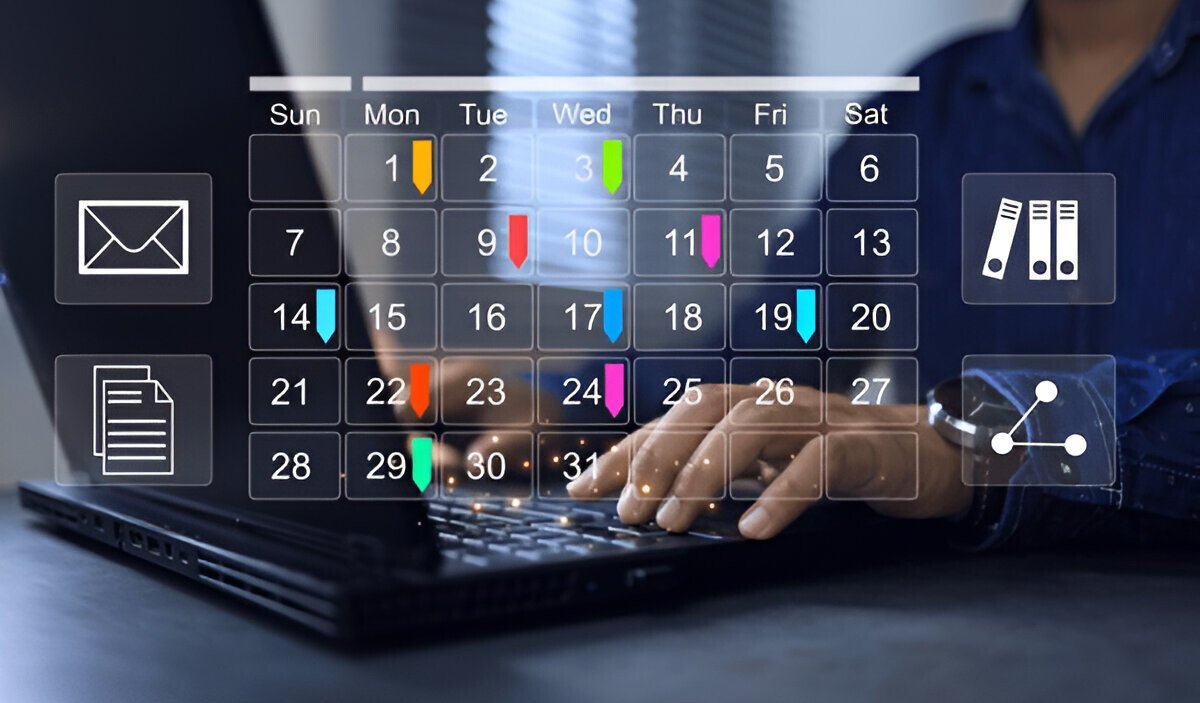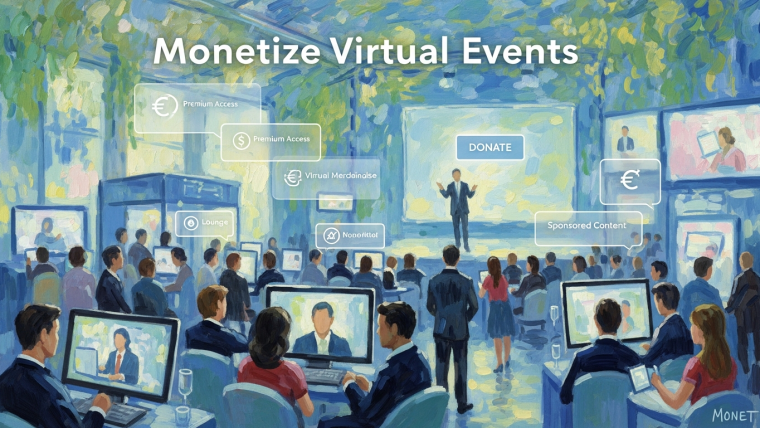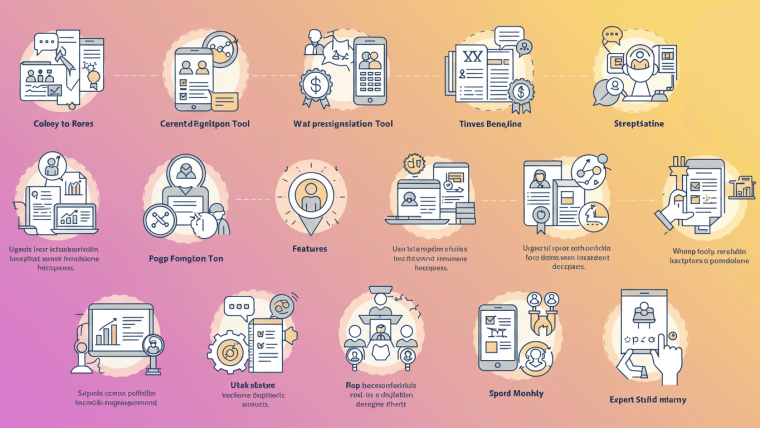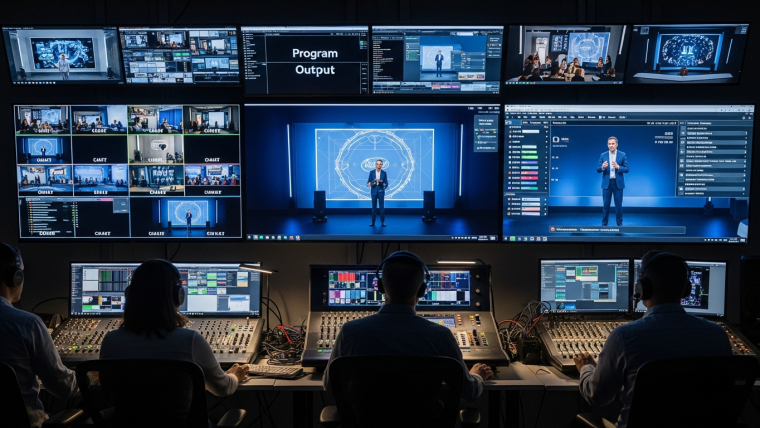In a world where digital interaction has become the new norm, hosting virtual events isn’t just a backup plan—it’s a core strategy. Whether it’s a product launch, online conference, workshop, or webinar, virtual events give businesses and creators the ability to connect with audiences globally.
But hosting a virtual event that feels personal, professional, and engaging doesn’t happen by chance. It requires careful planning, technical preparation, audience engagement strategies, and detailed follow-up.
This article walks you through The Ultimate Checklist for Hosting Virtual Events, breaking down each phase of the process so you can execute with confidence.
1. Define Your Purpose Clearly
Every successful virtual event starts with a solid goal. Without clear objectives, it’s hard to measure results or even choose the right tools. Ask yourself:
-
What is the primary goal of this event?
-
Who is the target audience?
-
What kind of action do you want attendees to take after the event?
Whether your purpose is to educate, generate leads, showcase a new product, or build community, this clarity shapes everything—from the content to the platform you choose.
2. Select the Right Virtual Platform
The platform you use should align with both your event type and audience expectations. There’s no universal “best” tool; the right one depends on what features you need.
For example:
-
A simple Zoom webinar might work for a training session.
-
An interactive tool like Hopin or Airmeet is better for networking events.
-
For large-scale conferences, you may need platforms that offer sponsor booths, breakout rooms, and custom branding.
Whatever you choose, ensure it supports high-quality streaming, screen sharing, chat functions, and mobile access.
Also, consider integrations—can it connect with your CRM or email tools? Automation can save time on invites, follow-ups, and data collection.
3. Build a Detailed Run-of-Show
Once the platform is set, map out the entire event flow. This is often called a “run-of-show” or event script. It includes:
-
Start time and introduction
-
Speaker segments
-
Breaks or transitions
-
Interactive elements (like polls or Q&A)
-
Closing remarks and calls to action
This helps everyone—your speakers, moderators, and tech team—stay on track. Even if you don’t follow it word-for-word, it’s your safety net during the event.
4. Get the Right Tech in Place
Virtual events rely on technology. Don’t let poor sound or video ruin your hard work.
Here’s what you need to test and prepare in advance:
-
A good webcam (or external camera)
-
High-quality microphone or headset
-
Stable internet connection (preferably wired)
-
Lighting setup if you’re on video
-
Backup devices, chargers, and power supply
Always run a technical rehearsal with all speakers and moderators at least 48 hours before the event. During this dry run, test screen sharing, breakout rooms, polls, and handover between sessions.
5. Create Pre-Event Buzz
Even the most valuable event will flop without attendees. Marketing is half the battle.
Start promoting early. Use:
-
Email campaigns with countdowns
-
LinkedIn posts and event pages
-
Instagram stories or reels
-
Partnerships with speakers and affiliates
-
Paid ads if your audience is broad
Your promotional content should highlight the benefits of attending, not just the agenda. Focus on transformation—what will people learn or gain?
And always include a clear registration link. If you already have an audience or email list, use retargeting ads or follow-up reminders to boost turnout.
6. Engage Attendees During the Event
The biggest challenge of virtual events is keeping attention. People are one click away from checking out—mentally or literally.
Here are ways to increase real-time engagement:
-
Open with a personal welcome or story
-
Use polls or live Q&A sessions
-
Encourage audience chat and reactions
-
Mention attendees by name (when possible)
-
Run short quizzes or giveaways between sessions
Your tone also matters. Be conversational, not robotic. Speak to people, not screens. Even a few moments of humor or relatability can bring energy into a virtual room.
7. Prepare for the Unexpected
Even well-planned events can hit snags—buffering video, frozen screens, speakers getting disconnected. Having a plan B is smart.
Here are backup options to have ready:
-
Pre-recorded video segments in case of live issues
-
A co-host or moderator who can jump in
-
Support contact for tech troubleshooting
-
Slide decks or PDFs to send out afterward
Communicate transparently. If something breaks, acknowledge it and move forward. Audiences are forgiving when you’re honest and stay composed.
8. End Strong with a Clear Call to Action
Your closing is just as important as the opening. Don’t just say “Thanks for coming.”
Wrap up by:
-
Summarizing key takeaways
-
Thanking speakers and participants
-
Directing attendees to next steps—whether that’s signing up for a course, booking a demo, or downloading a guide
Make your CTA easy to follow and accessible (e.g., include links in the chat, email, or slides).
9. Post-Event Follow-Up Is Crucial
The work doesn’t end when the screen goes dark. A strong post-event strategy keeps the momentum going.
Within 24–48 hours:
-
Send thank-you emails with session replays or slides
-
Share highlights on social media
-
Ask for feedback via a quick survey
-
Tag and thank speakers or active attendees
-
Offer replays to those who missed the live event
This isn’t just about courtesy. It deepens connections, builds trust, and drives the next interaction.
If you’re looking for a platform to host events with all the above features, LiveCastHub makes virtual hosting simple and scalable. From onboarding to analytics, it’s designed for results.
10. Analyze and Optimize for Next Time
Once the dust settles, take a deep breath—and then dig into the data.
Check:
-
Registration vs attendance rates
-
Drop-off times
-
Poll and chat engagement
-
CTA click rates
-
Survey results or qualitative feedback
This analysis helps you improve your next event, refine your promotion strategy, and better understand your audience.
Final Thoughts
Hosting a virtual event can feel overwhelming, but with the right process, it becomes repeatable—and scalable. The Ultimate Checklist for Hosting Virtual Events is your roadmap to clarity and confidence. From purpose to platform, from promotion to post-event analysis, each step builds a better experience for both you and your audience.
Virtual doesn’t have to feel distant. When done right, it can be just as impactful—if not more—than in-person events. Choosing the right platform is a key first step — here’s how to select the best webinar platform for your needs.








Webinar Analytics: A Complete Guide to Measuring Success and Improving Performance
The Ultimate Webinar Follow-Up Strategy to Turn Attendees into Customers
Webinar Accessibility Best Practices: How to Make Your Online Events Inclusive for All
Webinar Personalization: Tailoring Content to Audience Segments for Maximum Engagement